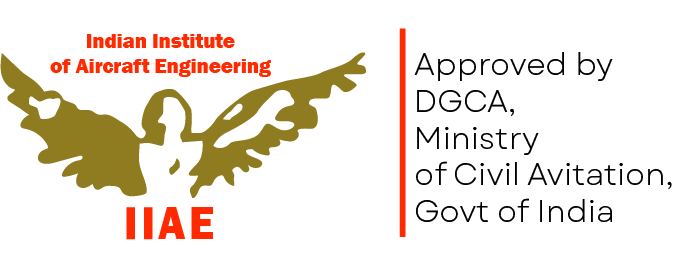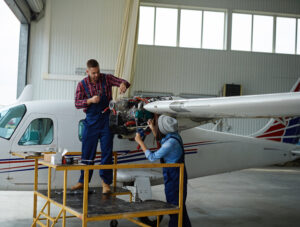Maintenance, Repair and Overhaul (MRO) Industry plays an important role in ensuring the Airworthiness and availability of the Aircrafts for use in all the Aviation sectors, which are engaged in the Aircraft’s operation in some way or the other. Currently, Indian commercial aircrafts fleet size is exceeding 750, excluding General Aviation and defence aircrafts along with other special purpose aircrafts. As per the Aviation data, the leading Airlines career such as Air India, Indigo, Spice Jet and Akasahave altogether placed an order for 1400 new Aircrafts, pushing India as the Third largest Buyer of the Commercial Aircrafts after USA and China. Due to the rising fleet size and Conducive Govt. policies, the Indian aviation Market has emerged as one of the Fast expanding market globally and the fastest Air passengers growth of over 15% in India, has poised to become the Third largest Passenger Market in the World by 2027. The exponentially expanding Civil Aviation Industry in India presents a very strong care for the Development of MRO Industry to support the Aircraft’s operations on large scale.
JOB OPPORTUNITIES FOR AME & CERTIFYING STAFF: A successful MRO Industry cannot sustain without highly trained Aircraft Maintenance Engineering Engineers (AME) and Certifying Staff along with the Original Equipment Manufacturer (OEM) Spares and other Infrastructure. Considering the very high potential of MRO in India, it can ensure substantial advancement by developing a sustainable end to end Eco- system for Commercial, General and Military Aviation MRO activities. This will derive the General Benefits for the Local Aviation Industries and create a strong path of Operational Viability by reducing the vital Foreign Exchange Outflow, Generating tremendous opportunity for the employment of Aircraft Maintenance Engineers (AME), Technicians and other required Certifying Staff. Aircraft Maintenance Training Institutes have to play a vital role in supporting the Airlines and MRO Industry by providing skilled CAR 147 (Basic) trained individuals, who must have passed all the required Modules of DGCA Exams to be considered as Certifying Staff after advance training.
TYPES OF MRO:
| ORGANISATION | WORKS ASSIGNED |
| a) Line Maintenance | -This is carried out during Turn- around, when the aircraft is still in its operating condition.
– Relatively straight forward tasks which mostly involve routine, in-service inspection checks, Trouble Shootings and rectifications. – Does not require additional infrastructure such as hangars, but limited by availability of Ground Support Equipment |
| b) Component Maintenance | – Periodicity around 03 Months/500-600 Flying Hrs. depending on type of Aircraft.
– Aircraft Components such as Avionics components,, Engine and landing Gears are inspected in detail in a Specialized Shop after being removed from the aircraft periodically – A Component maintenance manual is referred to understand the facts that are required for the particular Component in order to restore it back to the Serviceable state. |
| c) Airframe Heavy Maintenance & Modifications | – Periodicity as mandated depending on the Type of Aircraft, this involves the removal of Aircraft from service for a period of ranging up to 30 days.
– Heavy maintenance is always carried out in a hangar with Specialized tools, involving Time Consuming Tasks such as C and D Checks. – Generally includes Special Works, Corrosion Prevention, Interior refurbishment and Replacement of Major Life Components. |
| c) Engine Maintenance | – Periodicity around 12 to 18 Months/5000 Hrs. depending on the Type of Aircraft.
– Involves Repair, Service and Inspection of the aircraft Engine to meet the Airworthiness and International standards |
Out of the above segments, Airframe maintenance is labor intensive in the nature with the labor cost occupying up to 80% of the total cost incurred during Aircraft maintenance on the other hand, Engine Maintenance is extremely capital intensive, with a Major portion (8%) of the overall cost being occupied by the cost of spares.
A Graphical presentation will clarify the MRO full distribution:
Hence when over 2000 Commercial Aircrafts are flying, huge amount of opportunities are going to be generated for the full y Trained Aircraft Maintenance Engineers (AME)to serve as Certifying staff and their might be exceeding 30000. It is going to take time and resources to prepare such a big number of Aircraft Maintenance Engineers (AME) and Aircraft Maintenance Training Organisations (MTO) have to be responsible to understand the Current and future needs of the Aviation industry and work in tandem with to produce the required “Skill Capitals’ for the challenging MRO seats in India.
Frequently Asked Questions:
- What is the MRO industry, and why is it important in India?
The MRO (Maintenance, Repair, and Overhaul) industry involves the servicing, repair, and refurbishment of aircraft, engines, and components. In India, it’s crucial for supporting the rapidly growing aviation sector and ensuring flight safety and operational efficiency. - How big is the MRO market in India?
As of recent estimates, India’s MRO market is valued at over $2 billion and is projected to grow at a CAGR of 10%+. Factors like increased air traffic, government initiatives, and cost-effective labor are driving this growth. - What are the key challenges faced by the Indian MRO industry?
Some key challenges include high taxation, limited infrastructure, dependency on foreign MROs, and lack of global certifications. However, recent policy reforms are helping address these issues. - Which companies are leading the MRO sector in India?
Major players include Air India Engineering Services Limited (AIESL), GMR Aero Technic, Indamer Aviation, and Air Works. Several global MRO giants are also partnering with Indian firms to expand their presence. - What government initiatives are supporting the Indian MRO industry?
The Indian government has reduced GST on MRO services from 18% to 5%, allowed 100% FDI in the sector, and is promoting MRO hubs under the UDAN and Make in India schemes to attract global investments.
Conclusion:
India’s MRO industry is at a pivotal growth stage, backed by an expanding aviation sector, supportive government policies, and a skilled workforce. With increasing investments and infrastructure development, India is well-positioned to become a global MRO hub in the coming decade. Addressing existing challenges and leveraging strategic partnerships will be key to unlocking the full potential of this dynamic sector.




